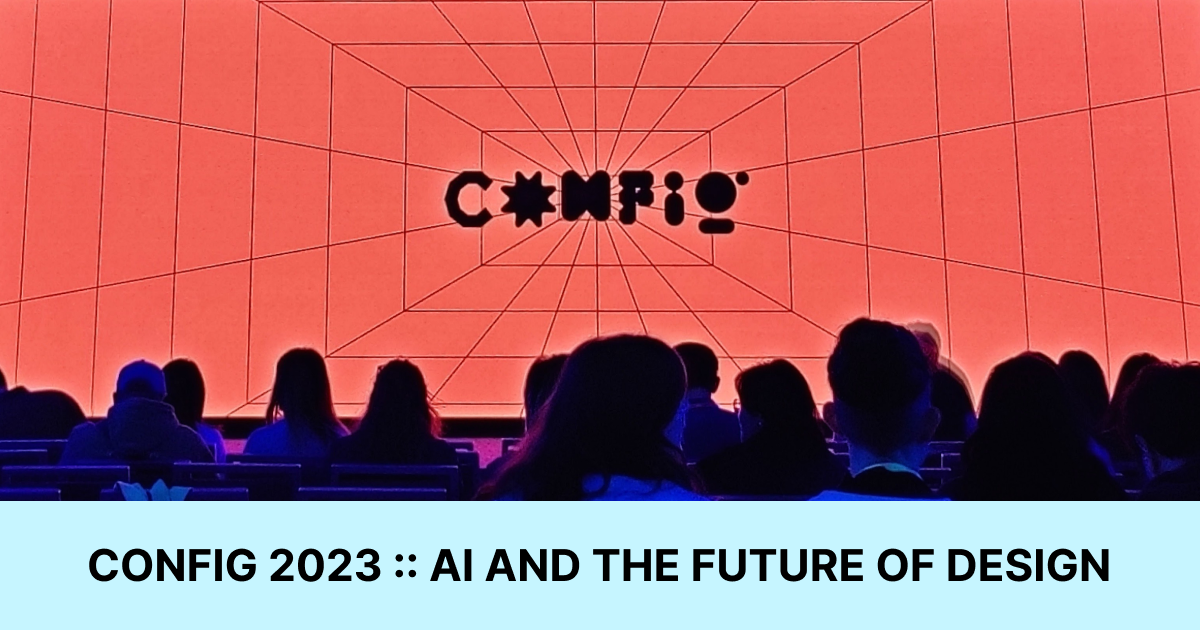Post Config: AI and The Future of Design
Posted
06.29.2023
Of all the talks at Config surrounding new tools for creating and time-saving features released into our favorite design tool (looking at you Figma), the conference talks that stood out to me the most were surrounding this new technology referred to as AI (Artificial Intelligence) or perhaps more accurately LLM’s (Large Language Models). And you might be saying LLM? What does that even mean? How can I use this? And if we’re honest, after hearing Kathryn Gonzalez’s talk on “Design Systems in Transition: Anxiety, AI, and Where We Go” we realized that in fact, these questions are exactly how we should be thinking about this new technology.
While most of the talks around AI focused on all the magical things this new technology could do from simply generating text for your designs to creating components or entire layouts from a simple prompt, Kathryn Gonzalez’s stood out because it focused not on “what” we could generate but on how we can start to “define” what it generates. LLMs are extremely good at recognizing language patterns and (in simplified terms) generate “magical” content based on the data model it was trained on. However, these LLMs sometimes have a very difficult time re-creating things just the way you want them by using text prompts alone, and for us designers, the amount of time spent re-working the initially generated output can simply make them much too time-consuming and virtually unusable in our daily workflows.
We as designers communicate with our own “visual language” every single day, and have been creating systems and patterns for this language long before computers even existed. Take for instance logo and brand identity guidelines that include definitions for things like color, typography, usage, and implementation, which were created to help printers and designers produce materials that are consistent and recognizable with that brand well before the day and age of computers. Fast forward to the digital era and we now have a new titan that defines our visual language the “Design System”. Helping inform designers and developers building software, this powerhouse defines the language of an entire ecosystem for digital products, including color and typography, brand guidelines, design docs, Figma components, decision frameworks, interaction patterns, user personas, and even entire journey maps.
Which brings us to the final thoughts of Maria Christley’s discussion, why not train an LLM using your Design System as the language model? Imagine not needing to go through an entire library of hundreds of components to drop them into a layout flow and read documentation to ensure you’re following pre-defined patterns for the proposed new solution. Instead, simply ask my trained LLM what you’re wanting to create, and like “magic” you now have all the pieces needed—more importantly aligned to the specification of the design system. This opens the door to not only starting with “to-spec” elements but also being able to iterate more quickly on design solutions. Your LLM helps ensure that things are always staying on track and never straying too far.
So what does this mean for our future as designers? Perhaps design systems become the new “typography” with which we use to write entirely visual software stories that help people connect and interact in more meaningful ways, or perhaps LLMs will simply save us time and make our workflows more efficient. Only time will tell, but we are very excited to be part of designing what that future looks like.
